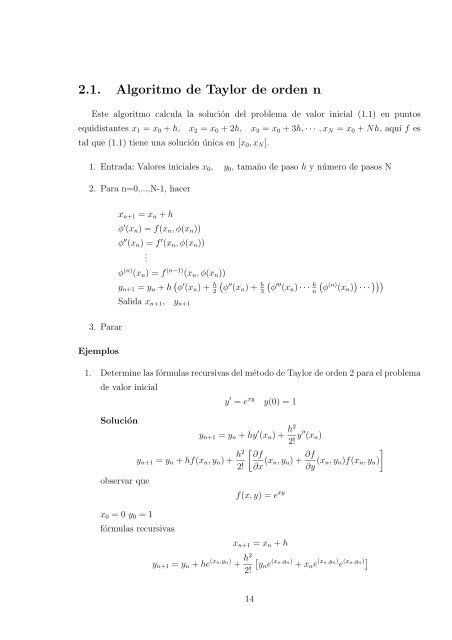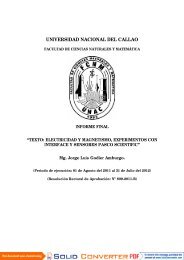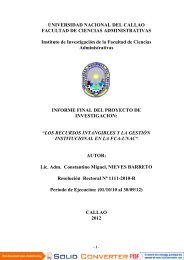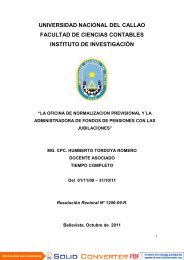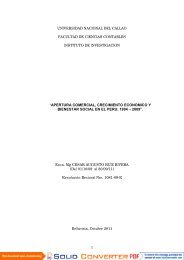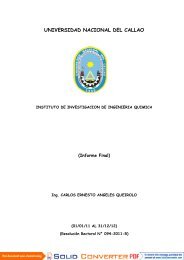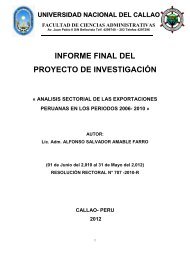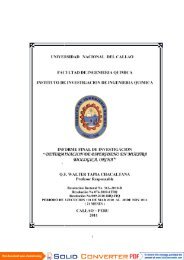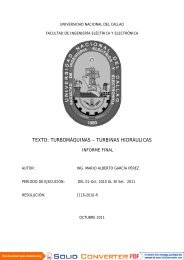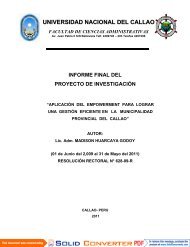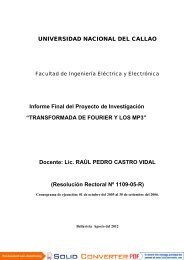texto: metodos numericos para ecuaciones diferenciales ordinarias
texto: metodos numericos para ecuaciones diferenciales ordinarias
texto: metodos numericos para ecuaciones diferenciales ordinarias
You also want an ePaper? Increase the reach of your titles
YUMPU automatically turns print PDFs into web optimized ePapers that Google loves.
2.1. Algoritmo de Taylor de orden n<br />
Este algoritmo calcula la solución del problema de valor inicial (1.1) en puntos<br />
equidistantes x1 = x0 + h, x2 = x0 + 2h, x3 = x0 + 3h, · · · ,xN = x0 + Nh, aquí f es<br />
tal que (1.1) tiene una solución única en [x0,xN].<br />
1. Entrada: Valores iniciales x0, y0, tamaño de paso h y número de pasos N<br />
2. Para n=0,...,N-1, hacer<br />
3. Parar<br />
Ejemplos<br />
xn+1 = xn + h<br />
φ ′ (xn) = f(xn,φ(xn))<br />
φ ′′ (xn) = f ′ (xn,φ(xn))<br />
.<br />
φ (n) (xn) = f (n−1) (xn,φ(xn))<br />
yn+1 = yn + h φ ′ (xn) + h<br />
2<br />
Salida xn+1, yn+1<br />
φ ′′ (xn) + h<br />
3<br />
<br />
′′′ φ (xn) · · · h<br />
<br />
(n) φ (xn) n<br />
· · · <br />
1. Determine las fórmulas recursivas del método de Taylor de orden 2 <strong>para</strong> el problema<br />
de valor inicial<br />
Solución<br />
observar que<br />
x0 = 0 y0 = 1<br />
y ′ = e xy<br />
y(0) = 1<br />
yn+1 = yn + hy ′ (xn) + h2<br />
2! y′′ (xn)<br />
yn+1 = yn + hf(xn,yn) + h2<br />
<br />
∂f<br />
2! ∂x (xn,yn) + ∂f<br />
∂y (xn,yn)f(xn,yn)<br />
<br />
fórmulas recursivas<br />
f(x,y) = e xy<br />
xn+1 = xn + h<br />
yn+1 = yn + he (xn,yn) + h2 <br />
yne<br />
2!<br />
(xn,yn) + xne (xn,yn) e (xn,yn)<br />
14


